6 Steps to Creating the Perfect Headline for Your Print Advert
Friday February 24, 2023

One of the most frustrating experiences any business owner can have is paying for advertising that just doesn’t work.
You spend good money to promote your business… and you get nothing back.
Pretty much every business owner I have spoken to has had this experience at some point in their career – but, whilst it’s true that finding the right message and medium for your advertising does take some trial and error, it’s also the case that a LOT of business owners simply haven’t put in the thinking time necessary to make their advert generate results.
There are several variables which will dictate the success of an advert, but arguably THE most important element of any print advertisement is the headline.
David Ogilvy - the ‘Father of Advertising’ - tells us (and most experts agree) that whilst 8 out of 10 people will read an advert’s headline, only 2 out of 10 will read the rest of the advert...
This means that your headline must grab your ideal customer’s attention and make them want to read more.
And yet, flick through any magazine or paper, and it never takes long before you see an advert with a poor or non-existent headline.
Don’t make that same mistake!
In this article, I’ve put together a step-by-step guide to help you create an effective headline for your print advert – I hope you find it useful:
Download our Advert Headline Cheat Sheet Here
Step 1: Identify Your Target Audience
Before you can create an effective headline, you need to know who you want to reach with your advertisement. Avoid saying ‘Everyone’. You can’t create an effective headline that connects with ‘everyone’. Try to be as specific as possible.
For example, “Mums with babies aged 0 – 18 months who live in [Place] and have a family income of £30 - £70K”.
Can you picture a person who exemplifies your target audience? It might be someone you know, or an existing customer – or it might be an imaginary individual. This is your ‘avatar’ – you may want to give them a name. Forming a clear picture in your head of the person you are trying to reach can really make the later steps MUCH easier, as you can then tailor your headline to speak directly to them by appealing to their interests and needs.
Sometimes (not often!), your Target Audience will be so tightly defined, that your headline need be nothing more than calling out to them.
For example:

Step 2: Get Clear About the Problem You Are Solving
Your product or service will be solving a problem for your target audience – and often it will be more than one. We need to find the key problem you are solving for your avatar. This is the time for a brainstorm!
Without judgement, write down a list of all the possible problems you could be solving. Keep your avatar in mind whilst doing this. (It may be helpful to think of the problem as the ‘need’ you are filling, or the ‘pain’ you are relieving).
For example, let’s look at a business that offers yoga classes for children.
The problems being solved could range from a ‘lack of physical fitness’ or ‘challenging behaviour’, to ‘depression’ or ‘self-esteem issues’ and more – but be as specific as possible.
You want to create an exhaustive list if you can – often it’s the later problems you write down that are the biggies, so it’s worth persevering.
Once you’ve done that, go through that list and see if there is one that jumps out as the ‘main’ problem you are solving: one that really resonates with you as something you are particularly good at addressing.
This is the key problem you are now going to focus on in Step 3.
Stating the problem(s) you are solving can be a highly effective headline in its own right. For example:
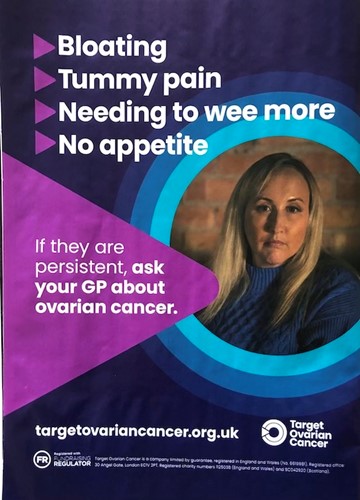
Step 3: How Do YOU Solve The Key Problem
To create a good headline, you need to be able to clearly articulate how you solve the key problem identified in Step 2. Ideally, there will be an element of your solution that is unique to your business – what is it about your product or service that is different from your competitors?
You may find it helpful to write out another list of options, and pick the one that ‘feels’ right to you. Again, being specific about the way in which you deliver your solution is helpful – it’s a great way to find that unique angle that only you provide.
So… what are the unique benefits of your product or service that your target audience can't find elsewhere? In what way do you do what you do that is different and better than anyone else?
Congratulations! Once you’ve done this, you’ve discovered that elusive ‘USP’ (Unique Selling Proposition) that marketeers love to talk about.
It’s hard to understate how powerful it is to know your USP. In fact, if you are able to clearly articulate it, you may find you’ve got your killer headlight right there and you can stop reading any more!
Simply stating how you solve a problem can also work as a headline, without further finesse. For example:
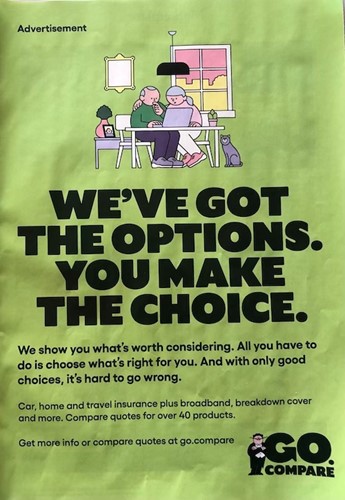
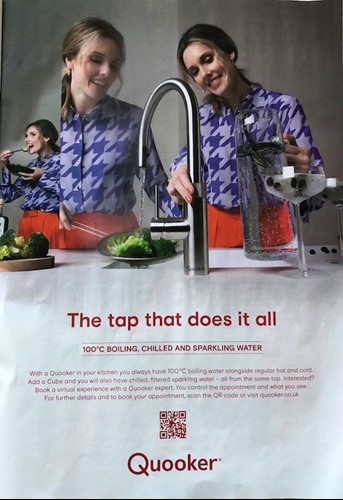
Step 4: What is the Desired Outcome?
We started with the problem. We applied your unique solution. Now we need to define where your customer ends up, after going on that journey.
This is normally the easiest step in the process, but it still needs doing because this is where your customers want to get to.
Write it down and try to be as succinct as possible.
Stating the 'Desired Outcome' as the headline seems to be what most advertisements (in my experience) focus on - and you can see why. It certainly connects with your target audience. Here are some examples:
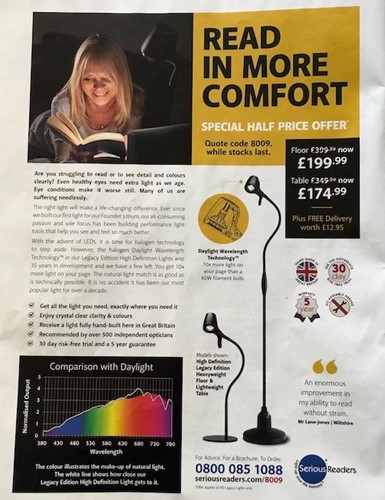
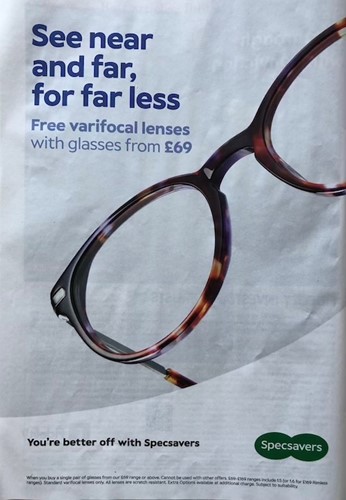
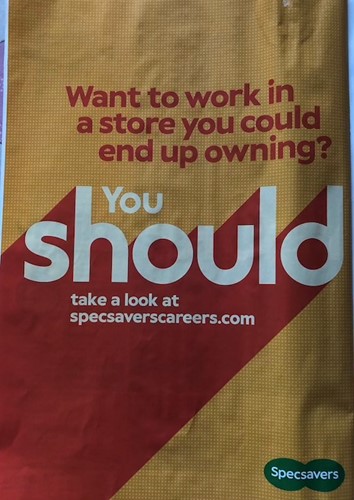
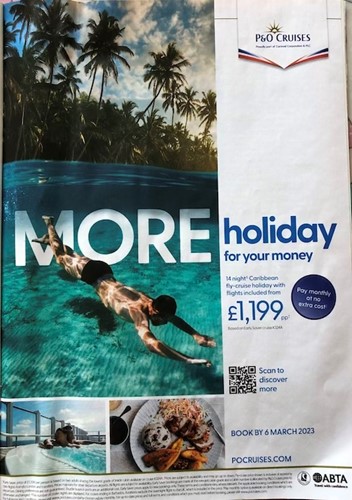
Step 5: It’s Time to Get Emotional
People make buying decisions based on emotion, not logic. And people are motivated to move away from painful feelings, and towards pleasurable feelings.
So it’s important that you understand how your customer feels when they are suffering from the problem you have identified, and what it would mean to them for it to be solved.
Imagine that you are your avatar. You really need to put yourself in your avatar’s shoes here and think like them.
First, think about how the problem you have identified in Step 2 makes you feel – write this down. This is the ‘starting emotional state’ from which you are helping your customer get away.
Next, imagine what getting a solution would mean to you. What could you (or your child) do? How would you feel? Write this down. This is is the ‘End Emotional State’ towards which you are taking your customer.
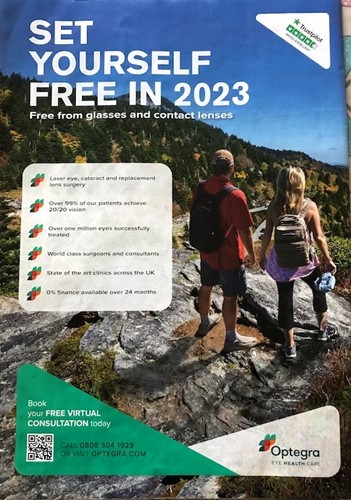

Step 6: Now It’s Time to Write That Headline (Finally!)
If you’ve gone through steps 1 to 5, you’re in a great position to craft an amazingly powerful headline. You now know:
- a) The Customer’s Problem
- b) Your Unique Solution
- c) The Desired Outcome
- d) The ‘Starting Emotional State’
- e) The ‘End Emotional State’
In just a few words, you need to use one or more of these things to create a sentence that really connects with your ideal prospect.
You might find that simply stating one of them will make for a powerful headline. If more than one would work, you now have a few headlines to test!
Alternatively, you can craft a headline by combining one or more of them into a phrase that will grab attention and connect with the reader.
Don't worry if you don't get the right headline first try – it’s a good idea to just start writing and judge what you’ve written later.
If you need some inspiration, download our ‘Advert Headline Cheat Sheet’ which gives you 25 different ‘fill in the blank’ headlines to help you get started.
Here are some tips for a strong headline:
1. Keep it Simple and Direct
Your headline should be simple, direct, and easy to understand. Avoid using jargon or complicated language that your target audience may not understand. Instead, focus on using simple, powerful words that convey your message clearly and effectively. Your headline should be no more than 10-15 words long, and ideally it will be shorter than that - it should be easy to read and remember.
2. Make it Attention-Grabbing
Your headline should be attention-grabbing and memorable. Use bold fonts, contrasting colours, white space and other design elements to make your headline stand out on the page. You can also use humour, controversy, or curiosity to pique your target audience's interest and make them want to read more.
Sometimes, you can grab attention sufficiently by shouting out about an offer or sale ... though I would normally only recommend this if your brand is very well known. If that isn't the case, then you'll need to follow this kind of headline up with some other compelling copy very swiftly - but it can be enough to get the eyeballs you need on your advert. For example:
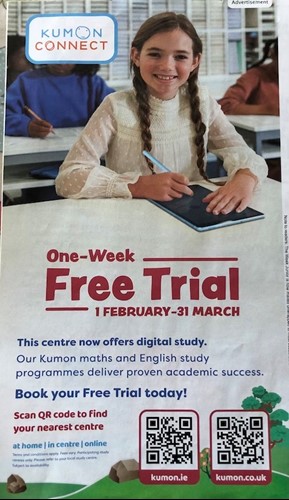

3. Test Your Headline
Once you've created your headline, test it out on a small group of people who fit your target audience. Ask them if the headline grabs their attention, if it's easy to understand, and if it makes them want to read more. Use their feedback to refine your headline and make it even more effective.
Download our Advert Headline Cheat Sheet Here
In Conclusion…
Creating an effective headline for your print advert takes time, effort, and creativity.
However, by following the steps outlined above, you CAN create a headline that grabs your target audience's attention, communicates your unique selling proposition, and motivates them to take action.
Remember to keep your headline simple, direct, and emotional, and don't be afraid to test and refine it until it's perfect. With a strong headline, you can make sure that your marketing pennies work extra hard for you and that you create adverts that generate EXCELLENT results.